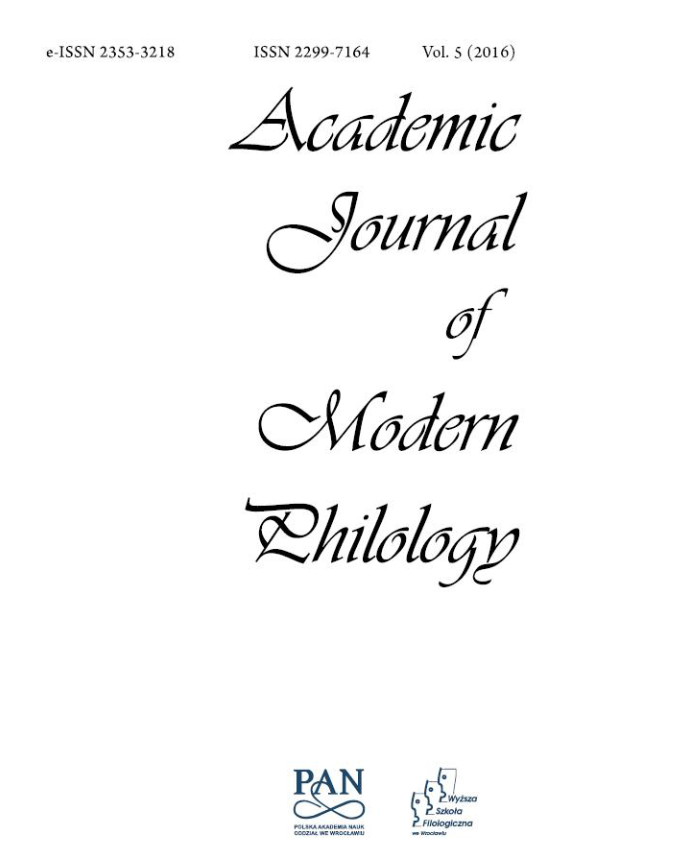Epigraficzna pozajęzykowość, czyli czego głazy nam nie powiedzą
Extra-Linguistic Aspects of Epigraphy. What Stories Stones Would not Share
Author(s): Jacek MianowskiSubject(s): Language studies, Language and Literature Studies, Philology
Published by: Komisja Nauk Filologicznych Oddziału Polskiej Akademii Nauk we Wrocławiu
Keywords: runic; ogham; Latin; inscription; Welsh; orality; literacy
Summary/Abstract: Runic and ogham inscriptions are contained within a form, place and shape which may pinpoint to a specific message that remains hidden on the level of the text itself. This extra-linguistic and extra-textual dimension of inscriptions was an iconic element of the process of shaping of early oral cultures in their transition to literacy. As Judith Jesch (1998) argues, due to the sole materiality of inscribed stones, which allows to contain words, as well as the fact that inscriptions create a space for convergence of oral and literate cultures, it is possible to pinpoint differences between these two types of cultures. The following article1 seeks to address the issue of transition from orality to literacy on the basis of early ogham and Latin traditions of inscribed stones. The main area of focus here lies in early Welsh inscribed stones, which represent a similar set of characteristics to runic inscribed stones. The extra-linguistic paradigm of these inscriptions allows distinguishing not only the meaning and addressees of the inscription, but also enables recovering information on the circumstances in which inscriptions were probably created.
Journal: Academic Journal of Modern Philology
- Issue Year: 2016
- Issue No: 5
- Page Range: 103-109
- Page Count: 7
- Language: English

